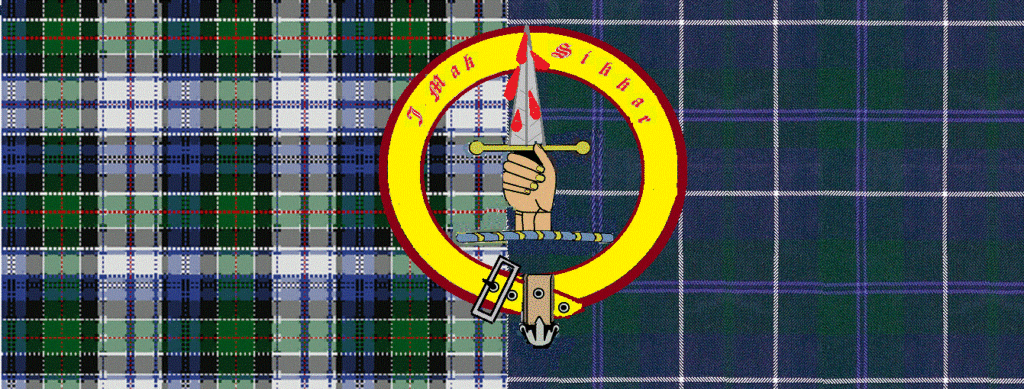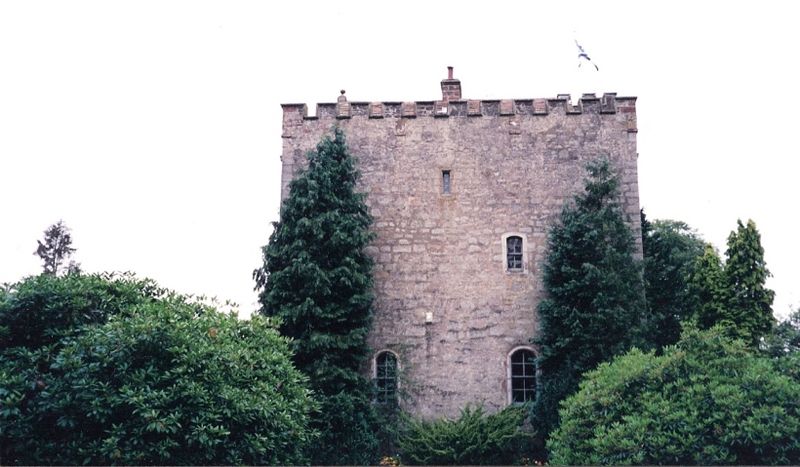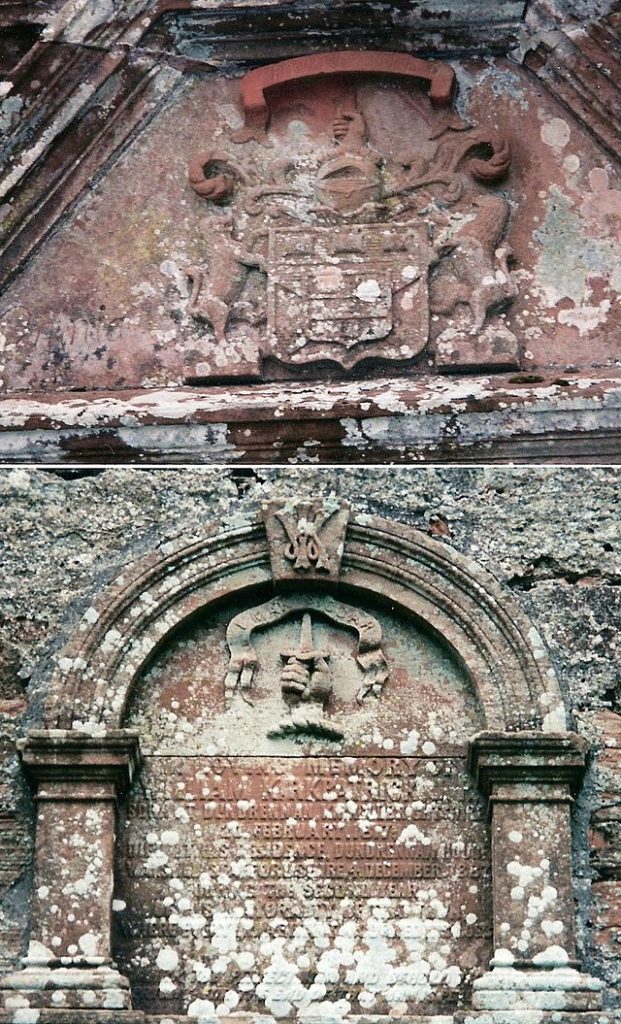

History:
According to Collins Scottish Clan & Family Encyclopedia by George Way and Romily Squire, The Kirkpatrick clan takes its name from the church of St. Patrickin the parish of Closeburn in Dumfriesshire, Scotland. Traditionally the Kirkpatrick family of Closeburn have held these lands since the ninth century.
The names Kirkpatrick and Kilpatrick were used interchangeably for many centuries. The names were derived from the Church of St. Patrick at Closeburn. Those living nearest the church (kirk) were called Kirkpatrick, and those living on the hill (kil) where the church was located were called Kilpatrick. Additionally, there were other St. Patrick’s Churches, so other places also people to whom the same names were applied.
According to Way and Squire, the name Kirkpatrick first appears when Ivone Kirkpatrick witnessed a charter of the Clan Bruce in the 12th century, and Ivone received a charter for all the lands granted him by Alexander II of Scotland in 1232.
Legend:
Legend tells us Roger Kirkpatrick was outside the church at Dumfriesshire when Robert the Bruce stabbed and killed John “The Red” Comyn, chief of the Clan Comyn. When the Bruce told Kirkpatrick he thought he had killed Comyn, Kirkpatrick reportedly drew his dagger, said, “I’ll make sure,” and went in the church. Thus, the motto of the clan is “I Make Sure,” and the clan badge shows a right hand with a drawn dagger.
With lands in the West Marches, the Kirkpatricks were lords in border territories. Their involvement with border reivers was primarily as people bereaved, and who would pursue vengeance on reiver clans after actions. In addition, the Irvings and Irvines, who were among the main reiver clans, had towers in Kirkpatrick lands, leading to conflict between the two clans.

The tower house of the Kirkpatricks at Closeburn is known to date to the late 14th century, although some stories indicate it was built by around 1180.

Pitcairn’s Criminal Trials of Scotland records that John Charteris of Amisfield, along with his brother and two sons, were charged with the murder of Roger Kilpatrick, son of Alexander Kilpatrick in March 1526. This led to a feud with the Charteris clan.
There were a group of reiver families in the 16th century some called “The Devil’s Dozen.” They included the Armstrong, Bell, Carleton, Dacre, Elliot, Graham, Johnstone, Kerr, Maxwell, Musgrave, Nixon, Storey and Scott families, making more of what we now call a “Baker’s Dozen” of 13 families. Members of this group would repeatedly raid the Kirkpatricks, leading top bereavement raids by the Kirkpatricks and their allies on the clans involved.
“In 1554 Donald Halieday was listed for escheat of all gudis with numerous Johnstones, Bells, Carruthers and Charteris of Amisfield, were denuncit rebellis and put to the horne for coming in the month of August last to the place of William Kirkpatrick of Kirkmichael and there spoiling and away taking of his gudes and geir and cruelly slaying Roger Kirkpatrick, wounding and hurting Robert and Alex Kirkpatrick.” (Quoted from the Registrum Secreti)
According to Way and Squire, in 1563 John Carruthers of Howmains was indicted, along with Irvine Clan Chief Edward Irvine of Bonshaw, for an assault on Kirkpatrick of Closeburn, as well as for slaying several other persons.
In the 17th century the Kirkpatricks moved from the Closeburn tower house to an adjacent manor house built for them. In 1685, their loyalty to King Charles I was rewarded when Sir Thomas Kirkpatrick was created Baronet of Closeburn and Nova Scotia.
The manor house burned in a fire in 1748 that damaged Closeburn Castle. Renovations were made to the castle, after which the family moved back in. Sir James Kirkpatrick, 4th Baronet of Closeburn, sold the castle and estate to pastor James Stewart Menteith in 1783. While it has changed hands several times since then, it remains a dwelling place.
Clan Kirkpatrick is currently armigerous, without a chief. It is sometimes listed as a sept of Clan Douglas or Clan Colquhoun. Humphrey de Kilpatrick, from the Kilpatricks of Luss, obtained from Malcolm of Lennox in 1246 grant of the lands of the barony of Colquhoun.
Provided by Robert Braley, descended from Mary (Kirkpatrick) Carson, daughter of Sir James Kirkpatrick, 4th Baronet of Closeburn. All the images are from Wikimedia Commons
